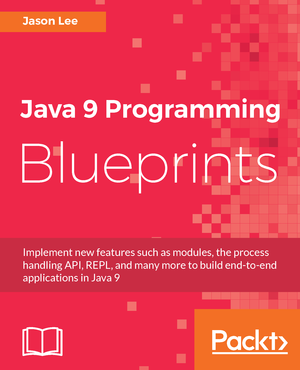Day 3 of JavaOne 2009, the last full day of the conference, has come and gone. Like the rest of the crowd, I began to wind down a bit early.
JavaOne 2009 Day 2 has come and gone, so here I sit on day 3 typing my recap. I never promised a punctual report! :)
JavaOne 2009 started yesterday. It was a long, fun day which started with an interesting general session and ended, for me, with my very first JavaOne presentation (source and slides linked below). The reviews and reactions to the conference have been pretty interesting. Hopefully, mine will be too.
Today was CommunityOne, the free conference that precedes, and this year, runs concurrently with JavaOne. This year, my wife was able to travel out with me for a little vacation after JavaOne concludes. With her CommunityOne pass, she got to attend today’s activities with me, which was a nice change from last year. When we landed in San Francisco, we checked in, ate a quick lunch, then jumped into the sessions.
Today we released FacesTester 0.2. While this release has a number of bug fixes and more minor enhancements, one of the biggest new features is injection support. Leveraging the InjectionProvider Service Provider Interface (SPI) provided by Mojarra, FacesTester now supports the automagic injection of mock/test objects. For example, the following managed bean:
I know you’re not supposed to do this, but sometimes it’s just easier. Sometimes I use `table`s to layout out my forms. Especially for big forms, it’s just easier to put things in a table than deal with `label`s, CSS, etc. Right or wrong, I do it from time to time, but, thanks to David Geary, I just learned that I make it harder on myself than it needs to be. The sad thing is that I’ve known about this solution for years now, but never put two and two together.
On May 19th, Pete Muir, JSF 2.0 Expert Group member and Web Beans implementation lead (if I recall correctly) will be leading, in conjunction with The Aquarium, a webinar covering the forthcoming Java Contexts and Dependency Injection JSR (JSR-299, formerly known by the JSR’s former name, Web Beans). Unfortunately, that’s right in the middle of the Oklahoma City JUG’s meeting, so I can’t make it, especially since I’m this month’s speaker. For those of you that won’t be attending the OKC JUG tomorrow, this should be a good session on a great spec. I hope to catch the recording. Not as good as attending live, but it’s all I’ll be able to manage.
Dan Allen was nice enough to point out that I misread the announcement, which means OKC people can hear me talk AND attend this webinar. Win win! (win! ; )
Early this morning, I published Mojarra Scales 1.3.1. I’ve been remiss in making good updates where when I make release, so, rather than creating a new post for each release long after the fact, I’ll try to being everyone up to the current state in just one.
One of the great strengths and successes, I think, of the JavaServer Faces specification is the proliferation of third party components. One of the older and better known component sets is RichFaces, which started out under a company called Exadel and is now part of JBoss. For many, RichFaces is the first add-on component set for a new JSF project, and with good reason. I recently had the opportunity to serve as a technical reviewer on Max Katz’s Practical RichFaces from Apress. Read on for my review of the book.
 My name is Jason Lee. I am a software developer living in the middle of Oklahoma. I’ve been a professional developer since 1997,
using a variety of languages, including Java, Javascript, PHP, Python, Delphi, and even a bit of C#. I currently work for Red Hat
on the WildFly/EAP team, where, among other things, I maintain integrations for some MicroProfile specs, OpenTelemetry, Micrometer,
Jakarta Faces, and Bean Validation. (Full resume
My name is Jason Lee. I am a software developer living in the middle of Oklahoma. I’ve been a professional developer since 1997,
using a variety of languages, including Java, Javascript, PHP, Python, Delphi, and even a bit of C#. I currently work for Red Hat
on the WildFly/EAP team, where, among other things, I maintain integrations for some MicroProfile specs, OpenTelemetry, Micrometer,
Jakarta Faces, and Bean Validation. (Full resume 